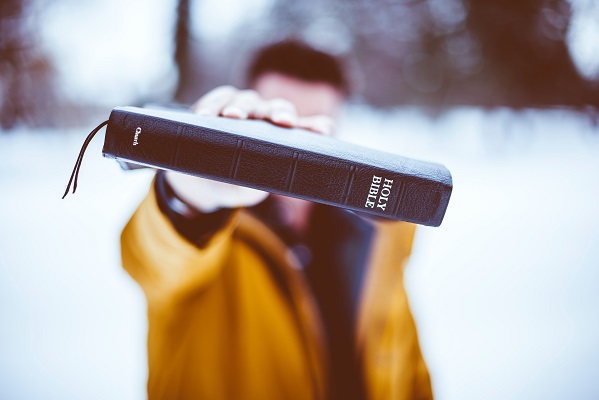How is it that everything will be proper when the Supreme Court rules? Theoretically, it should be so, but when questions nudge the public’s curiosity, remaining silent is not the answer to possible judicial abuse or this anarchy. If anything, the past contains a record of the high court renderings which have often differed from the original intent of our Founders. Rulings which do not “sit right” with the public may actually stem from the same susceptibilities of influences and personal inclinations which affect “we the people.”
Quite by accident, when reading David Horowitz’s Dark Agenda, his writing awakened my long-held suspicions about the Court’s pliable allegiance. In the sixties, their deviation from our historical religious principles was grouped through a series of rulings that completely erased any vestiges of the spiritual and moral guidance derived from those daily public school recitals. One case, Murray v. Carlett, tells the story.
Mr. Horowitz informed that the plaintiff was none other than Madalyn Murray, who, in addition to being a supposed upset mother of a student, was the founder and president of American Atheists! With such an anti-religious resume, her complaint against mandatory reading or recitings from the Bible seems disingenuous and brazenly purposeful. As such, the court’s selection of her case is debatable since it followed one year after its unconstitutional 1962 Engel v. Vitale ruling, which outlawed school prayer. Despite her anti-religious background, the Court still ruled in her favor, which wrapped up their legal eradication of a Founding pillar of our children’s education. It also injured the ageless legal tenet known as ‘past practice’ or its legalese version, “stare decisis.
The Court rulings get murkier. They based their finding upon the First Amendment’s so-called “establishment clause,” which states, “Congress shall make no law respecting an establishment of religion, or prohibiting the free exercise thereof.” How can these judges replace “establishment” with “neutral” The damn word isn’t even in our Constitution!” Besides, the clause isn’t “the neutral clause,” it’s called “the establishment clause!”
Consider that this 8-1 ruling contradicted over 150 ‘past practice’ years in which prayer and Bible reading were an accepted daily ritual in our nation’s schools. Even more puzzling is a verdict which reversed a lower court ruling that pinpointed Murray’s actual purpose. Mr. Horowitz notes that Judge Pendergast “dismissed the petition” based on Murray’s “real objective is to drive every concept of religion out of the public school system.” Her Supreme Court appearance should have never been, other than for some unknown reason or purpose.
So now, with this revisionist version of our religious freedom on the books, our government must remain “neutral” regarding religion. Well, how is removing religion from our schools a neutral act? “Neutral” to me means not involved; but then, who are we to question our brightest legal minds? Well, this thinking is another example of our diluted and revised attitudes. Our Constitution names “we the people” as America’s true and final sovereigns. It’s not only our responsibility, it’s our duty to question, especially now since Congress has refused its duty to question another branch of government.
